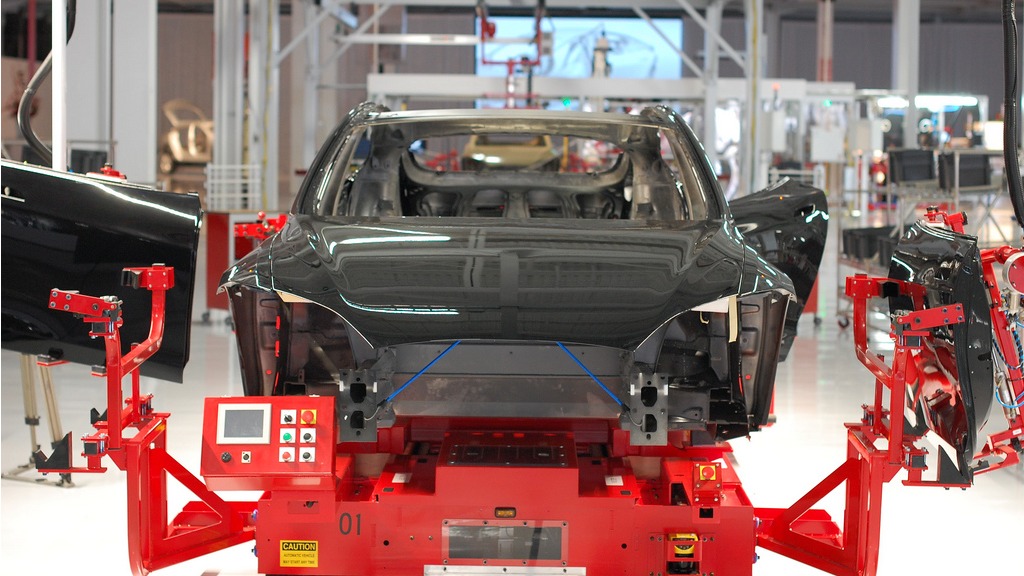After a flashy five-way race between Arizona, New Mexico, California, Nevada, and Texas, it’s official: the Tesla gigafactory, a.k.a. the most hyped electric battery factory in the history of electric battery factories, will be built in Nevada.
The news comes as a surprise to absolutely no one. Nevada does, after all, have the only active lithium mine in the country, which is helpful if you’re in the lithium-ion battery business. It’s close to Tesla’s current manufacturing complex in Fremont, Calif. It has access to a considerable amount of wind and geothermal energy. It has a whole lot of sun — which is useful when your CEO also happens to be chairman of a solar panel company (as is the case with Tesla’s CEO, Elon Musk, and the solar panel manufacturer Solar City). It’s a tax haven – no personal income tax, franchise tax, estate tax, corporate income tax or taxes on corporate shares. And it apparently offered Tesla one of the largest incentive packages in the history of automotive plants.
The Reno Gazette Journal reports that the subsidies total $1.25 billion, or more than twice what Tesla was asking for. The governor will have to call a special session of the Legislature to approve tax breaks, grants or other incentives of that magnitude.
The gigafactory is central to Tesla’s business plan. Musk claims that by scaling up the production of the company’s electric batteries, Tesla can lower the manufacturing cost of a lithium ion battery by 30 percent, just in time for the year 2017, when the company plans to begin production on its least expensive model yet — an electric car called the Model III that Tesla has announced will sell for $35,000. While there are cheaper electric cars on the market, the bet is that the Model III will be alluring enough to woo away combustion engine enthusiasts. Some have argued that this bet is presumptuous, but the company is also planning to have the new batteries do double duty as part of Solar City’s solar installations.
The deal is not done yet. The Nevada Legislature will need to approve it, and that approval may be complicated by the fact that there’s bipartisan opposition to the whole scheme. Both the right-leaning Nevada Policy Research Institute and the left-leaning Progressive Leadership Alliance of Nevada believe that the deal is unconstitutional, since Nevada’s constitution prohibits taxpayer subsidies to private companies. Nevada is also considering a ballot measure this November that, if approved, would start charging a corporate income tax and funneling that money to its public schools, which are the worst in the country. (As part of the factory deal, Tesla will contribute $7.5 million a year to education for five years, beginning in 2018.)
We’ve written before about how Tesla is turning into the 800-lb. green jobs gorilla. Solar City is planning a similarly massive factory in Buffalo, NY, with its own gaggle of subsidies.
Whether this is going to turn out to be a brilliant maneuver or a risky overreach for Tesla remains to be seen. Either way, the company is providing a fine demonstration that, for a business, environmental consciousness and social conscience are not the same thing.



